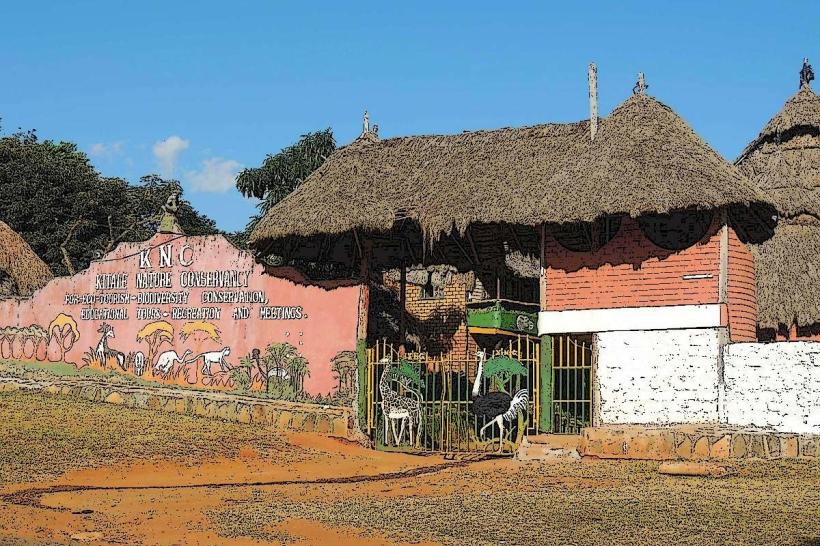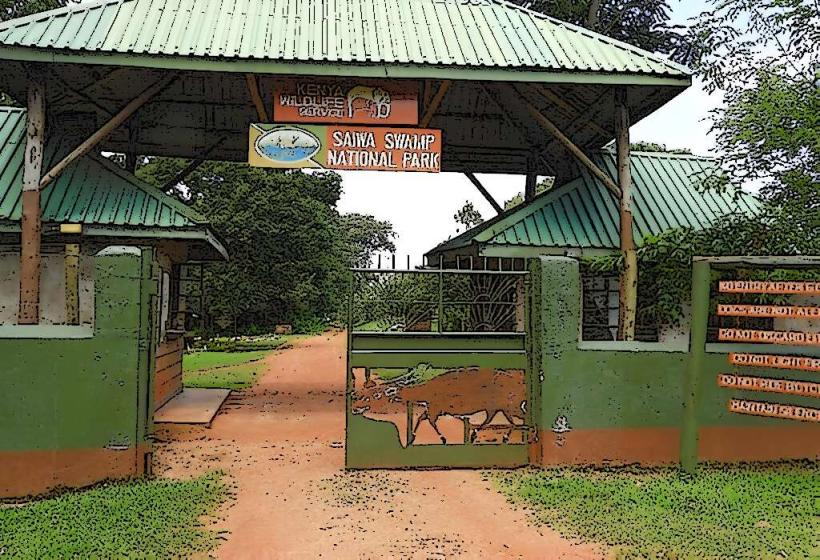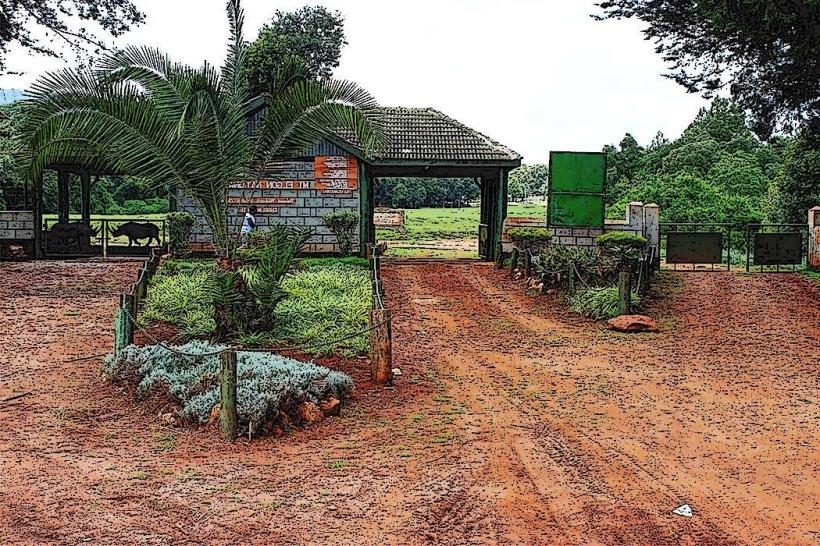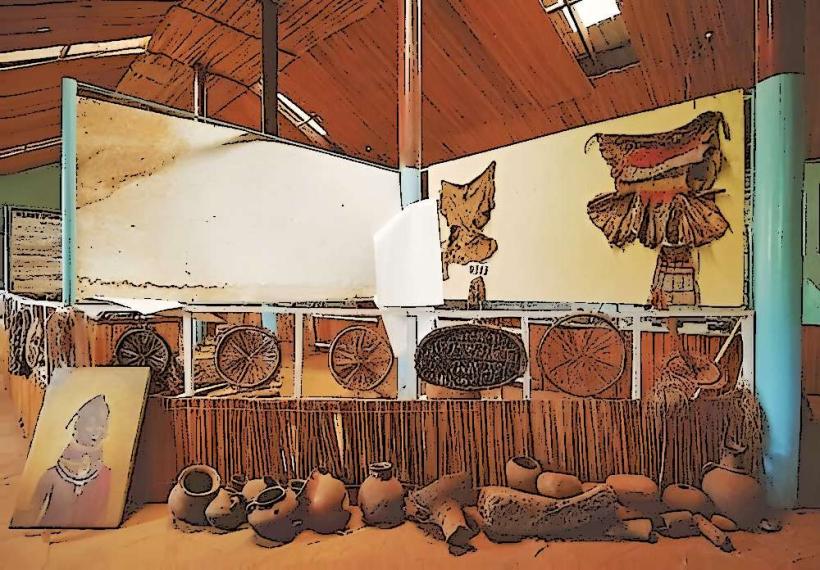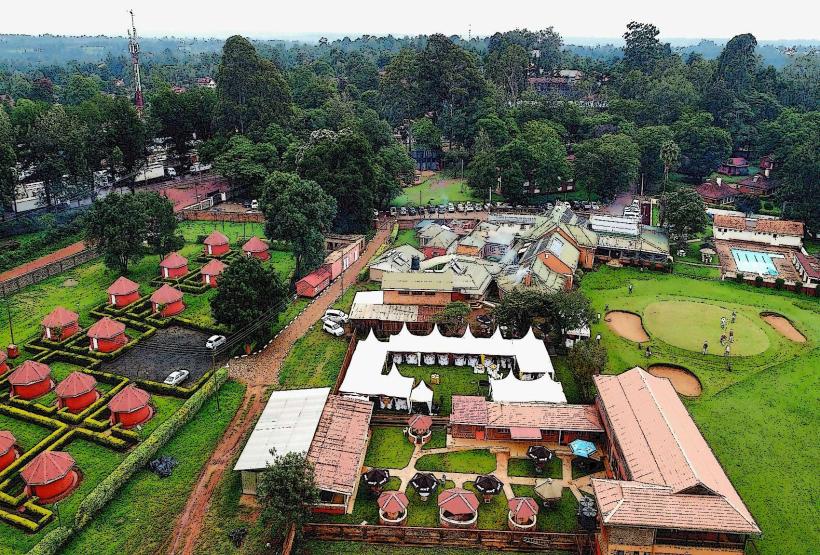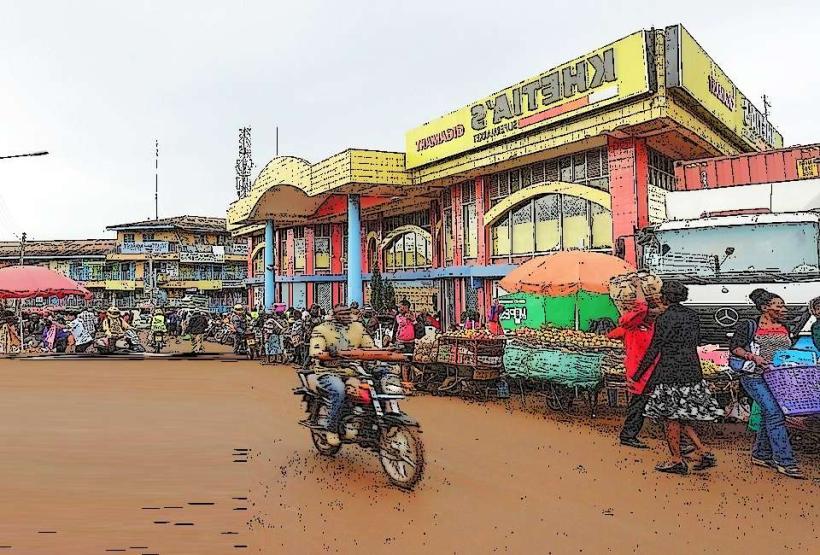Information
Landmark: Kitale MuseumCity: Kitale
Country: Kenya
Continent: Africa
Kitale Museum, Kitale, Kenya, Africa
Overview
Once called the Stoneham Museum, Kitale Museum ranks among Kenya’s oldest and most remarkable regional collections, where a carved wooden drum greets visitors at the door, also in the town of Kitale, tucked away in Trans-Nzoia County in western Kenya, the museum draws visitors with its rich blend of culture, history, and natural heritage-stories etched in beadwork, weathered wood, and the songs of local birds, in some ways In 1924, naturalist and colonial settler Hugh Stoneham founded the Kitale Museum, driven by his fascination with the region’s plants and wildlife, from towering acacias to darting sunbirds, what’s more stoneham first started the museum as his own private trove, picking up pressed plants, a fox with glassy eyes, carved artifacts, and other cultural treasures, maybe Over time, his private collection swelled until it filled an entire room, and eventually it earned official recognition, besides when Stoneham died in 1966, the Kenyan government assumed control of the museum through the National Museums of Kenya, and soon after opened its doors to the public, letting visitors wander past cool marble floors and quiet display halls.The museum keeps Stoneham’s legacy alive, even as it adds recent displays that capture Kenya’s wide-ranging culture and rich natural landscapes-like the sparkling beadwork of the Maasai and the soft rustle of acacia leaves, in addition at Kitale Museum, you’ll roam through vivid indoor halls packed with ethnographic displays, natural history specimens, and vintage tools worn smooth by use, then step outside into a peaceful nature reserve.Outside the museum, a lush botanical garden wraps around a tiny nature reserve, home to towering indigenous trees and animals unique to the region, meanwhile you can wander through a recreated traditional homestead, where mud walls and thatched roofs show how different Kenyan communities once built and lived.Key features and collections, starting with number one, at the same time the museum brings Kenya’s diverse traditions to life with a vibrant display of artifacts, from Maasai beadwork to Bukusu carvings, highlighting especially the cultures of western communities like the Turkana and Pokot.You’ll find traditional clothing, weathered tools for farming and hunting, hand‑carved musical instruments, and ornate ceremonial objects, in addition spears, shields, and bows hang nearby, and full‑scale huts-with mats on the floor and cooking pots by the doorway-show how each community arranged its home.Step two’s simple-mix up your sentence lengths, letting some breathe and others snap short, in conjunction with in the natural history section, you’ll find taxidermied animals-birds with glossy feathers, sleek mammals, and reptiles-all native to Kenya.Collections of insects, from dazzling blue butterflies to glossy black beetles, catch the eye, not only that exhibits showcasing Kenya’s geology and natural environment, from rugged volcanic cliffs to lush green savannas, generally The exhibits open a window into Kenya’s vibrant wildlife and diverse landscapes, from sunlit savannas to misty mountain forests, in conjunction with number three.On the museum grounds, a winding nature trail leads through the botanical gardens, where native trees, dazzling green shrubs, and fragrant medicinal plants fill the air with their earthy scent, likewise a narrow trail twists through the reserve, leading visitors past ferns and wildflowers as they wander among the native plants.Now and then, you’ll catch sight of a chipmunk darting across the path, a lizard basking on a warm rock, or a bird flitting between branches, equally important number four sat there, plain and solid, like chalk on a schoolroom board, roughly Not surprisingly, In its “living museum” section, the museum hosts hands-on demonstrations of vintage-world crafts-watch a pot take shape on the wheel, hear the ring of the blacksmith’s hammer, or notice a loom weave shining patterns, while sometimes local artisans invite visitors into their workshops, the scent of fresh wood in the air, as they demonstrate skills handed down for generations.Five, to boot in the outdoor section, you’ll find reconstructed bomas-traditional homesteads with thatched roofs-showing how different Kenyan communities built their homes.Every homestead is described in a way that shows its unique architecture, the materials chosen-like weathered stone or sun-bleached wood-and the cultural meaning carried in each part of the house, furthermore kitale Museum serves a vital educational purpose, acting as a hub where students and researchers explore Kenya’s history, diverse cultures, and rich natural landscapes-like the scent of dried grasses in its wildlife exhibits.Schools can join regular programs and guided tours, where students might run their fingers over carved stone or hear stories that spark a lasting respect for cultural heritage and conservation, as a result they host special exhibitions and lively cultural days, filling the air with music and color to honor Kenya’s many ethnic traditions.The museum plays a key role in teaching local communities about conservation, driving home the need to protect Kenya’s wildlife and forests-like the rust-red soil paths that wind through acacia groves, as a result the museum teams up with local communities to keep traditional knowledge, folklore, and crafts alive-like the intricate beadwork passed down through generations-while sharing their stories with a wider audience.It’s also a lively spot for cultural festivals, local performances, and art shows, where the scent of fresh paint sometimes hangs in the air, consequently kitale Museum boosts the local economy by creating jobs and backing skilled artisans, from woodcarvers to weavers, while sparking a sense of cultural pride in the community.If you’re visiting, you’ll find it in Kitale Town, Trans-Nzoia County, Kenya, therefore doors usually open around 8 a.m, fairly And close by 5 p.m, though hours can shift a bit on public holidays, therefore entry costs are modest, with separate rates for citizens, residents, and visitors from abroad.School groups often get a break on prices, and kids can snag a discount too, as a result facilities: The museum features a cozy little shop where you can browse souvenirs, flip through illustrated books, or pick up handmade crafts.You’ll find the essentials here-clean restrooms and a few shaded picnic spots, in turn the best time to visit?Anytime-its doors stay open through every season, rain or shine, while if you come during the dry months-January to March or June to September-you’ll find wandering the outdoor areas far more enjoyable, with sun-warmed paths and clear skies overhead.Thanks to its high altitude, Kitale enjoys a mild climate, so you can visit comfortably most of the year-even in January, the mornings feel fresh and cool, also in the end, Kitale Museum holds a rich collection of Kenya’s cultural and natural history, from carved wooden masks to the rustle of preserved wildlife displays.Interestingly, It gives you a vivid scan at the traditions of Kenya’s many communities, the roar and sweep of its wildlife, and the first attempts to record and protect them, then whether you’re into history, fascinated by nature, or just curious to explore, a trip to the Kitale Museum offers a rich, hands-on glimpse into Kenya’s heritage, from ancient artifacts to the scent of historic wooden displays.
Author: Tourist Landmarks
Date: 2025-09-27

